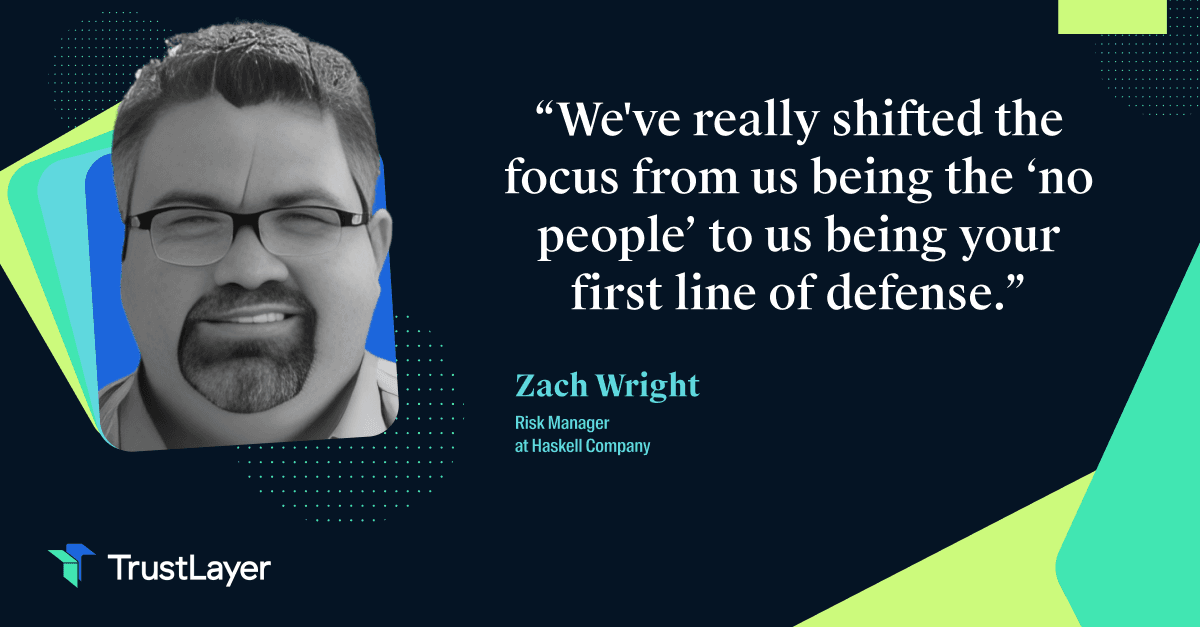Introduction
In today's interconnected business landscape, organizations are increasingly relying on third-party partners such as vendors, suppliers, and service providers to drive growth and efficiency. While these relationships can be incredibly valuable, they can also expose your organization to potential risks. This is where third-party risk management (TPRM) comes into play. In this blog post, we will discuss the importance of TPRM and explore the reasons why organizations must prioritize this critical aspect of risk management.
Why is Third-Party Risk Management Important?
Third-party risk management (TPRM) is essential for organizations because it helps protect their reputation, ensure compliance with regulations, safeguard sensitive data, maintain business continuity, and avoid legal and financial consequences. By implementing a robust TPRM strategy, organizations can mitigate the potential risks associated with external partnerships, maintain a positive image, and ensure the security and stability of their operations.
1. Protecting Your Organization's Reputation:
The actions of a third-party partner can significantly impact your organization's reputation. If a partner fails to meet regulatory requirements, experiences a security breach, or engages in unethical practices, it could reflect poorly on your organization. Implementing a robust TPRM strategy helps identify and mitigate such risks, ensuring that your organization maintains a positive image and strong brand reputation.
2. Compliance with Regulations:
Various industries are subject to strict regulatory requirements, such as the General Data Protection Regulation (GDPR), the Health Insurance Portability and Accountability Act (HIPAA), and the Sarbanes-Oxley Act (SOX). These regulations often extend to third-party relationships, making it essential for organizations to ensure that their partners are compliant. A well-designed TPRM strategy helps businesses identify and manage any compliance risks associated with their third-party partners.
3. Safeguarding Sensitive Data:
In many cases, organizations share sensitive data with their third-party partners. This can include personal information, financial data, and intellectual property. The improper handling or unauthorized access to this data can lead to data breaches, financial loss, and legal liabilities. TPRM plays a crucial role in evaluating the data security practices of third-party partners, helping organizations protect their sensitive information.
4. Ensuring Business Continuity:
Organizations often rely on third-party partners for critical operations, such as supply chain management or IT infrastructure support. The failure or disruption of these services can have severe consequences, including financial losses and operational downtime. Implementing a TPRM strategy helps organizations identify potential risks, assess the resilience of their partners, and develop contingency plans to ensure business continuity.
5. Avoiding Legal and Financial Consequences:
The failure to manage third-party risks can lead to legal liabilities and financial losses for organizations. For instance, a partner's non-compliance with regulations can result in penalties and fines, while security breaches can lead to lawsuits and compensation claims. Investing in TPRM helps organizations mitigate these risks, safeguarding their financial stability and legal standing.
Conclusion
Third-party risk management is a crucial aspect of modern business operations, as it helps protect organizations from potential threats associated with external partnerships. By prioritizing TPRM, businesses can maintain their reputation, ensure regulatory compliance, safeguard sensitive data, and secure business continuity. As a risk manager, it is essential to stay proactive, conduct thorough due diligence, and continually assess and monitor third-party relationships to keep your organization safe from potential threats.








